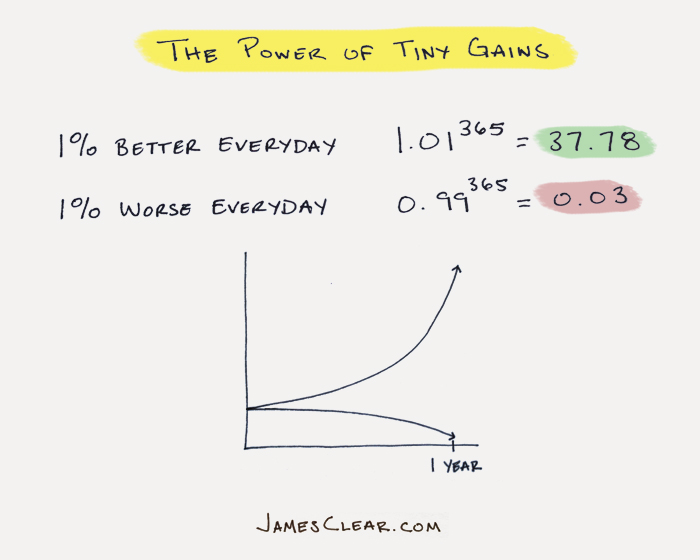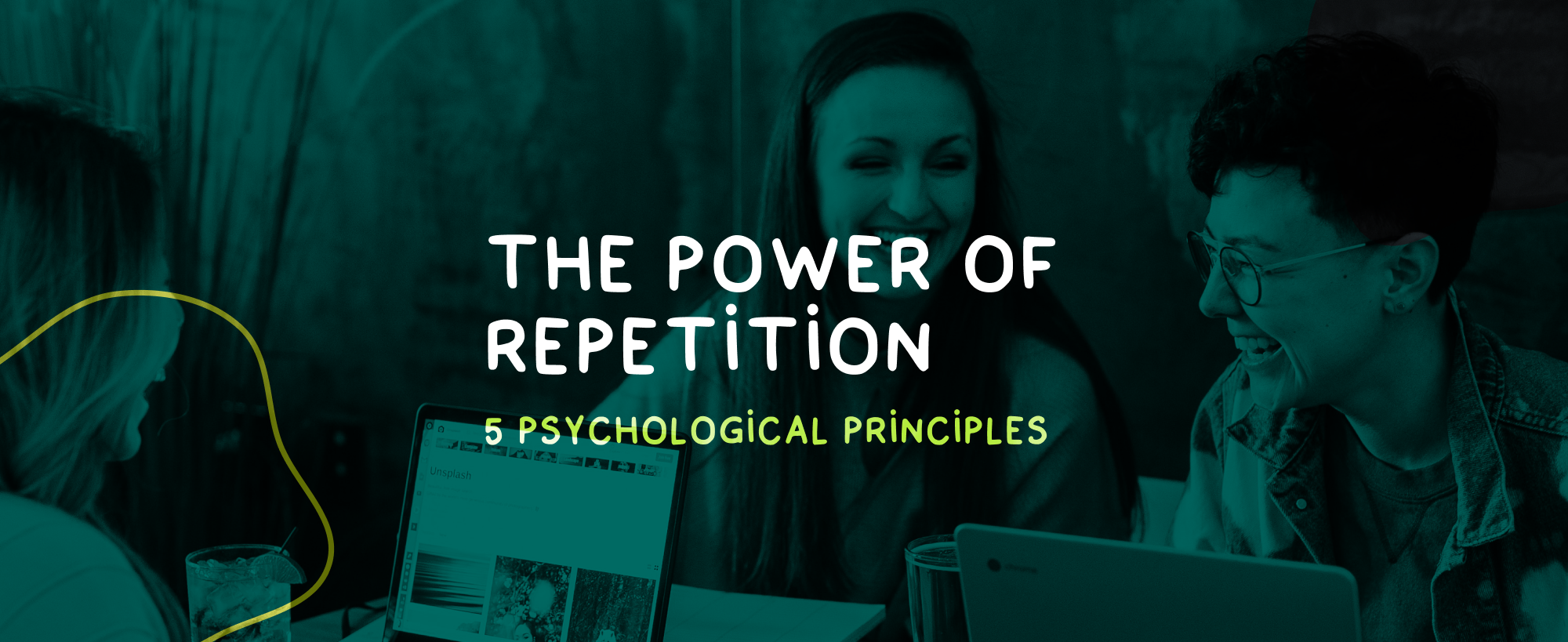What do all the well-known B2B creators share?
One simple thing: repetition.
The human brain is like a sponge, soaking up daily information. Whether the human likes it or not.
But with so much coming in, how do we ensure our message sticks?
In this post, we’ll explore 5 psychological principles that underscore the significance of repeating your message, especially for B2B creators.
TL;DR
- The Mere Exposure Effect
- The Primacy/Recency Effects
- The Spacing Effect
- The Curve of Forgetting
- The Role of Consistency
1. The Mere Exposure Effect: Familiarity is Comforting
Introduced by Robert Zajonc in the 1960s, the “Mere Exposure Effect” suggests that individuals tend to favor what they’re familiar with.
For B2B creators, this principle offers a compelling reason to reiterate their messages consistently.
Think about what Codie Sanchez is doing while she is preaching her mission to create financially free and free-thinking humans.
Every content she puts out there, every interview she has, every newsletter she sends is around this mission: financially free and free-thinking humans.
So if you are interested in building a business that will make you financially free, she is the one you want to follow.
And here is her framework:

One mission ← same topic ← different content types ← multiple distribution channels
A. One mission: create financially free and free-thinking humans.
B. Same topic: Creating Owners, think critically and cashflow unconventionally with boring businesses
C. Different Content Types: text, video (short-form, long-form), visuals (quotes, graphics)
D. Multiple distribution channels (check out Alex Lieberman perspective):

D.1. Rented audience: Twitter | Linkedin | Instagram | Youtube | TikTok
D.2. Owned audience: Newsletter
D.3. Monetized audience: Mastermind
And she is just crushing it.
What’s the advantage of using this psychological insight?
From building trust and enhancing brand recall to establishing a firm market position. You name it.
By strategically echoing key messages across different channels, B2B creators can harness the power of familiarity, strengthening their brand’s presence and fostering trust among their audience.
The more often your audience hears your message, the more they’ll like and trust it.
2. The Primacy/Recency Effects: First and Last Impressions Matter
Thanks to Hermann Ebbinghaus’s work on the Serial Position Curve, we understand that people typically remember the beginning and end of a list, while the middle often becomes a blur.
This insight is invaluable for B2B creators. Especially if you create long-form content.
Think about this
- The beginning – how you attract the attention.
- The middle – how you maintain the attention.
- The end – how to convert the attention.
But that depends on you – what’s the intention of your customers while they are consuming your content?
Justin Welsh used this strategy to build his massive audience on Linkedin and Twitter.

First it was a specific idea – he started with a sentence. Maybe it was a question, or an idea or something that attracted people’s attention.
Then he wrote the idea.
And finished with a strong line. A line that made people engage and connect with him. That set apart his content on Linkedin from others.
By emphasizing key messages at the start and conclusion of content – be it presentations, articles, or campaigns – they can ensure maximum impact and recall.
This repetition strategy ensures that even if some content gets overlooked, the main messages remain unforgettable.
3. The Spacing Effect: Distributing to Remember
Another gem from Ebbinghaus’s research, the “Spacing Effect,” highlights that memory retention is stronger when learning is spaced out rather than clustered.
For B2B creators, this means that distributing key messages over time – through regular newsletters, intermittent social media posts, or a series of webinars – can enhance audience recall. Just like ensuring your audience continuously sees your messaging, you must also space out the repetition.
Here’s how Kevan Lee, a successful B2B Creator and co-founder of BonFire, a brand marketing agency, applies the Spacing Effect:

He has a weekly newsletter. Rather than wandering randomly across topics, each week’s newsletter seamlessly contributes to an ongoing discussion or theme. And this weekly consistency with a spaced repetition of brand and themes creates an evolutionary journey for his audience.
So subscribers had to wait a week for the next piece of this ongoing narrative.
This ensures his audience doesn’t feel overwhelmed by a constant stream of information about a general topic like marketing, and their brain has time to digest each piece of knowledge.
By pacing the repetition of key points, B2B creators can firmly root their messages into their audience’s mind while skilfully avoiding overexposing their message, which may lead to fatigue or disinterest.
This approach not only amplifies the message but also cements it in the audience’s memory, building a lasting brand connection.
4. The Curve of Forgetting: Combatting Memory Decline
Ebbinghaus’s “Curve of Forgetting” demonstrates that memory retention diminishes over time unless the information is revisited.
In the context of B2B creators, this highlights the need to reinforce key messages regularly.
Waiting a bit before sharing new information is good. But remember that people forget things over time. So, it’s important to go often back to the main points instead of rarely giving random details.

Joe Pulizzi, often named the godfather of content marketing and the founder of both the Content Marketing Institute and The Tilt, is a prime example of someone who effectively leverages the principles of the Curve of Forgetting in his educational approach.
For instance, look at his presentation from CMW. He did a workshop on how to leave your marketing job. He made sure to use statistics from the latest research by The Tilt.
Recognizing the natural decline in memory retention over time, Pulizzi consistently revisits and reinforces core concepts and strategies in content marketing.
Instead of introducing new ideas in isolated bursts, he strategically spaces out his content, ensuring that his audience is periodically reminded of foundational principles.
James Clear often talks about the importance of small habits. Whenever he gets a chance, he shows a simple picture he shared a few years back.

For B2B creators, this emphasizes the need for repetition.
By regularly revisiting and reinforcing key messages through various touchpoints, they can ensure their brand remains at the forefront of their audience’s mind, fostering continuous engagement and loyalty.
5. The Role of Consistency: Crafting Trust with Consistent Messaging
Drawing from Robert Cialdini’s work on persuasion, consistency in messaging is paramount. People inherently trust and value consistent messages, viewing them as authentic.
In the bustling world of B2B, where information is abundant, inconsistency can sow doubt. However, a consistent message shines as a hallmark of reliability.
By maintaining uniformity in all communications, B2B creators can establish a reputation of dependability, nurturing deeper trust and forging robust business relationships.
Let’s look at how Jonathan Bland is using this psychological insight.
Every week he publishes an insight, a learning or some news about what he is known about: paid media for B2B SaaS.
His consistency is in:
- The topic – the message: paid media for B2B SaaS
- His approach – educational
- His visual – using the same fonts and colors in his visuals
- His behavior – friendly, professional and always giving value
Here are 2 examples:

Consistency isn’t just about uniformity in design or appearance; it extends to the relevance and reliability of content shared over time.
B2B creators like Jonathan Bland, who continuously offer valuable insights, and maintain a constant resonance with their audience, crafting a sense of authenticity and trust.
Just to summarize, by leveraging these psychological principles of the Spacing Effect, the Curve of Forgetting, and Consistency, B2B creators can strategically pace and reinforce their messaging. This would maximize recall, combat memory decline, and establish trust with their audience, ultimately fostering a meaningful and enduring brand-audience connection.
So, next time you lay out a content strategy or plan a marketing campaign, contemplate these principles and leverage them to bolster your brand’s influence.
The role of consistency is a vital strategy if you want to build a loyal audience and grow your own B2B creator personal brand.
In conclusion, repetition, when used judiciously, is not just a tool but an art form that B2B creators can employ to ensure their messages resonate, are remembered, and drive action.

